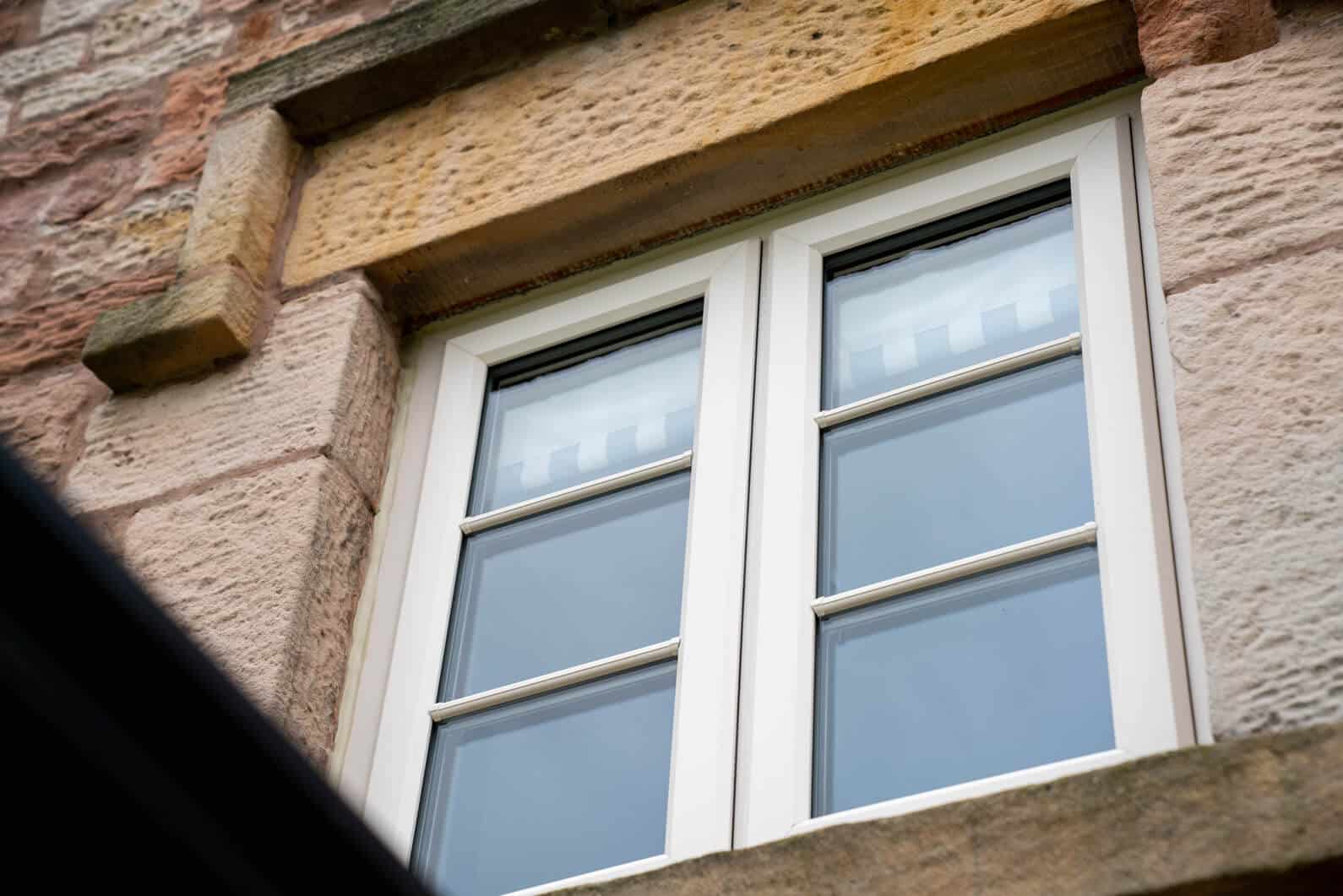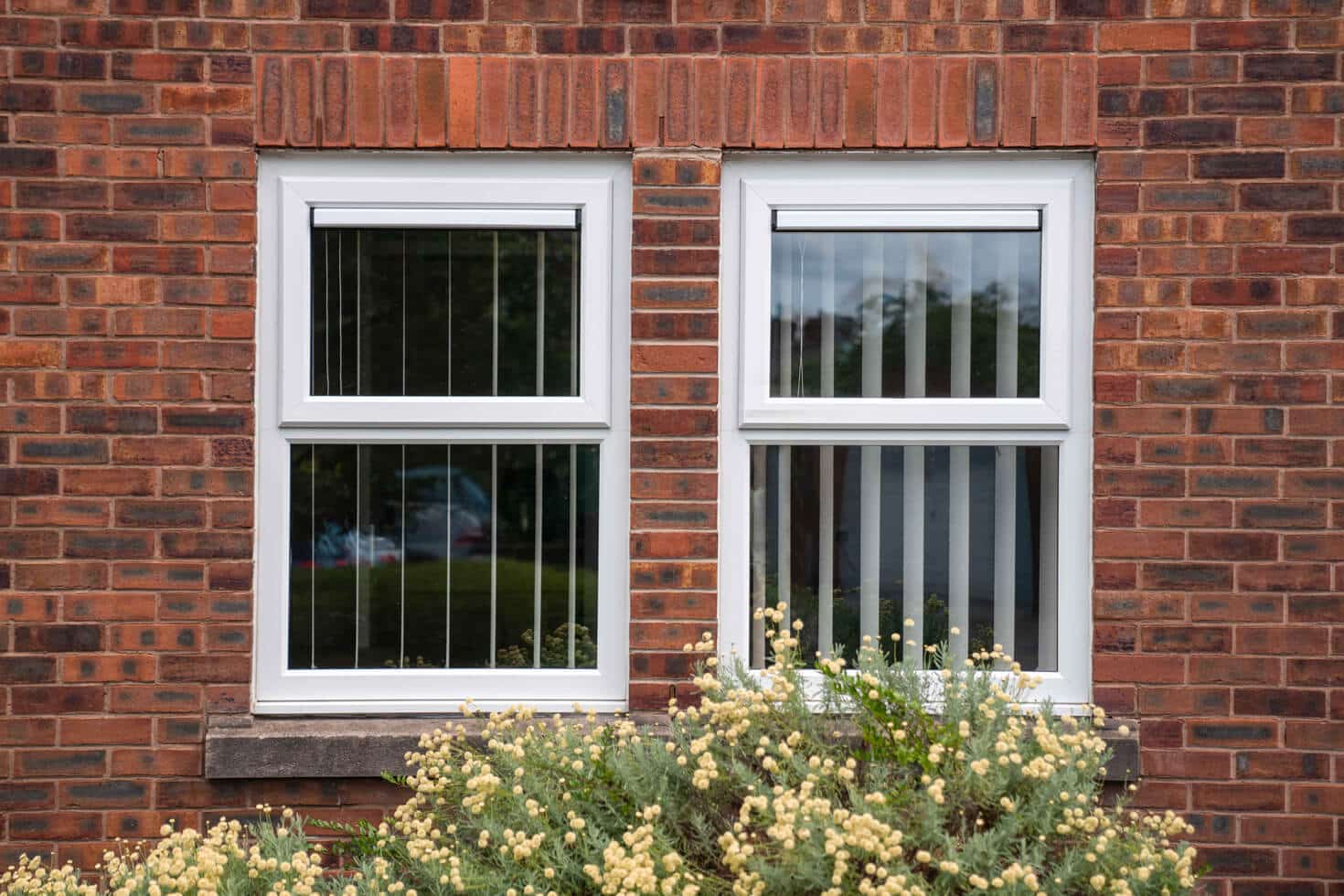What is a Windows U-value and what can it tell you?
When choosing the most energy-efficient windows for your property – be it domestic or commercial – a key thing to consider is the quality of the materials. Some are better at retaining warmth than others, and that can make a lot of difference.
Where some people go wrong is in thinking that the main factor affecting heat transfer is the frame. In fact, it’s the glass itself that determines how much interior heat is lost through windows. In this article, we take a look at the sort of glass you should be choosing for your window installations to maximise efficiency.

What is a U-Value?
A U-value (also known as a U-factor or U-rating, depending on who you speak to) is a way of measuring the insulating properties of window glass. All insulated glass units (the sealed glass panes that make up a double- or triple-glazed window) are given a U-value between 0.1 and 1.0. This figure identifies how much heat loss takes place through that glass because of the difference in temperature on either side of the unit.
What does the U-Value Scale Indicate?
The best U-rating you can have for your window units is 0.1. This means that very little heat will escape from your property if fitted with this type of glass. The other end of the scale (U-factors of 1.0) means your insulated glass units (IGUs) provide very little protection against heat loss.
How are U-Values Measured?
Working out the U-Value of an IGU can be a complicated business. First of all, it measures heat in terms of British Thermal Units (BTUs). These are the standard units for heat measurement used across the energy industry. A BTU is defined as the amount of heat needed to raise the temperature of one pound of water by one degree Fahrenheit. This works out to approximately 1005 joules of energy.
The U-rating measures how many BTUs pass through each square foot of area for each degree of temperature difference between one side of the insulated glass unit and another. This is why a lower U-value is preferable as it indicates less heat energy passing through the window.
How to Improve the U-Value of a Window
There are several ways to improve your window’s U-rating. The obvious answer is to upgrade to double- or triple-glazed IGUs, as the heat will need to pass through multiple planes of glass before reaching the other side. The gap between the sheets of glass in an IGU (known in the trade as lites) is either vacuum sealed or filled with an insulating gas. Using a noble gas such as argon can make heat transfer more difficult. Likewise, by keeping the gap between lites at ½” you can minimise heat loss and improve your U-value.

Low U-Value Window in the North West
Here at Thextons, all our windows have U-ratings that are impressively low, to help reduce heat loss and lower your energy bills. We install these energy-efficient windows for domestic and commercial clients across Liverpool and the Wirral. For a free, no-obligation quote, give the team a call today on 0151 608 2278.





